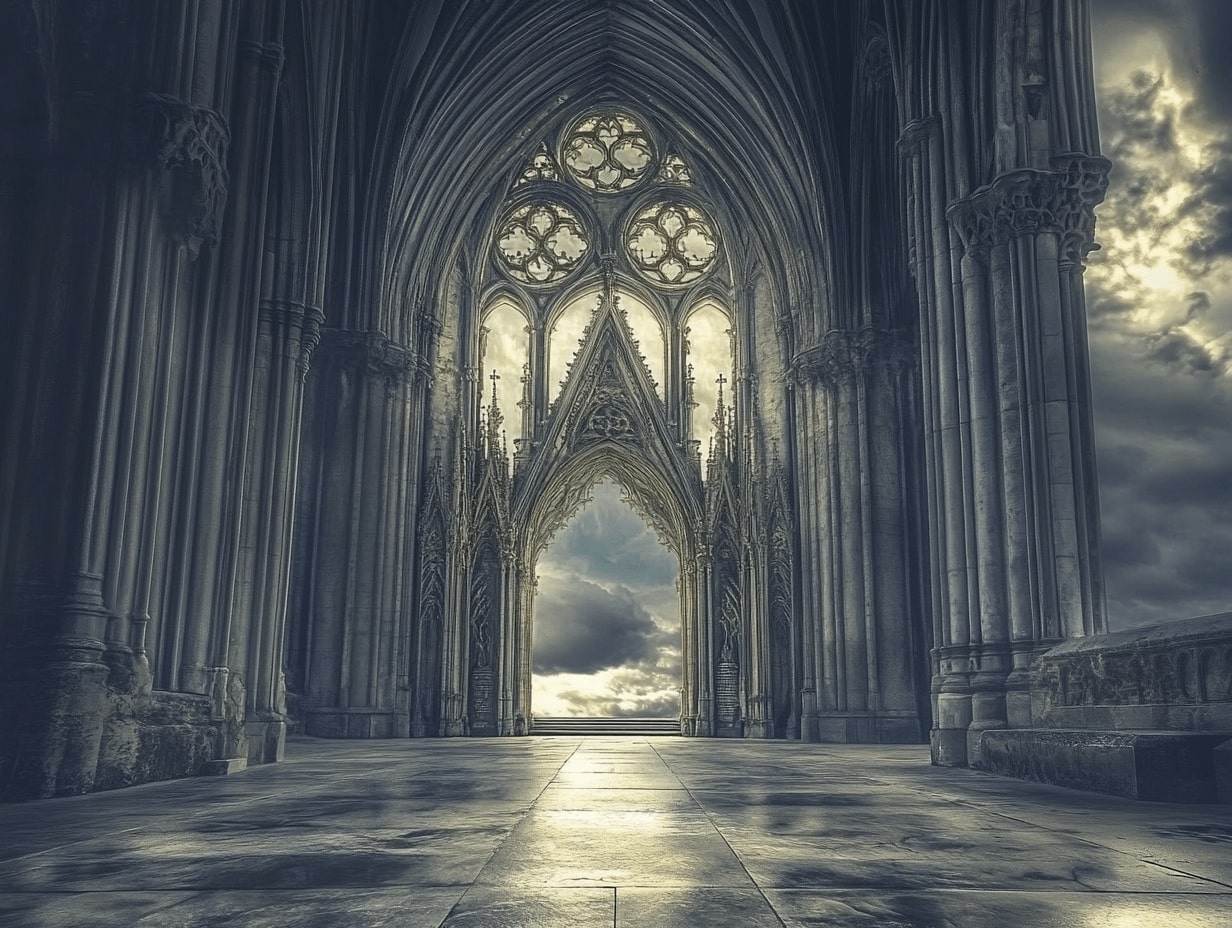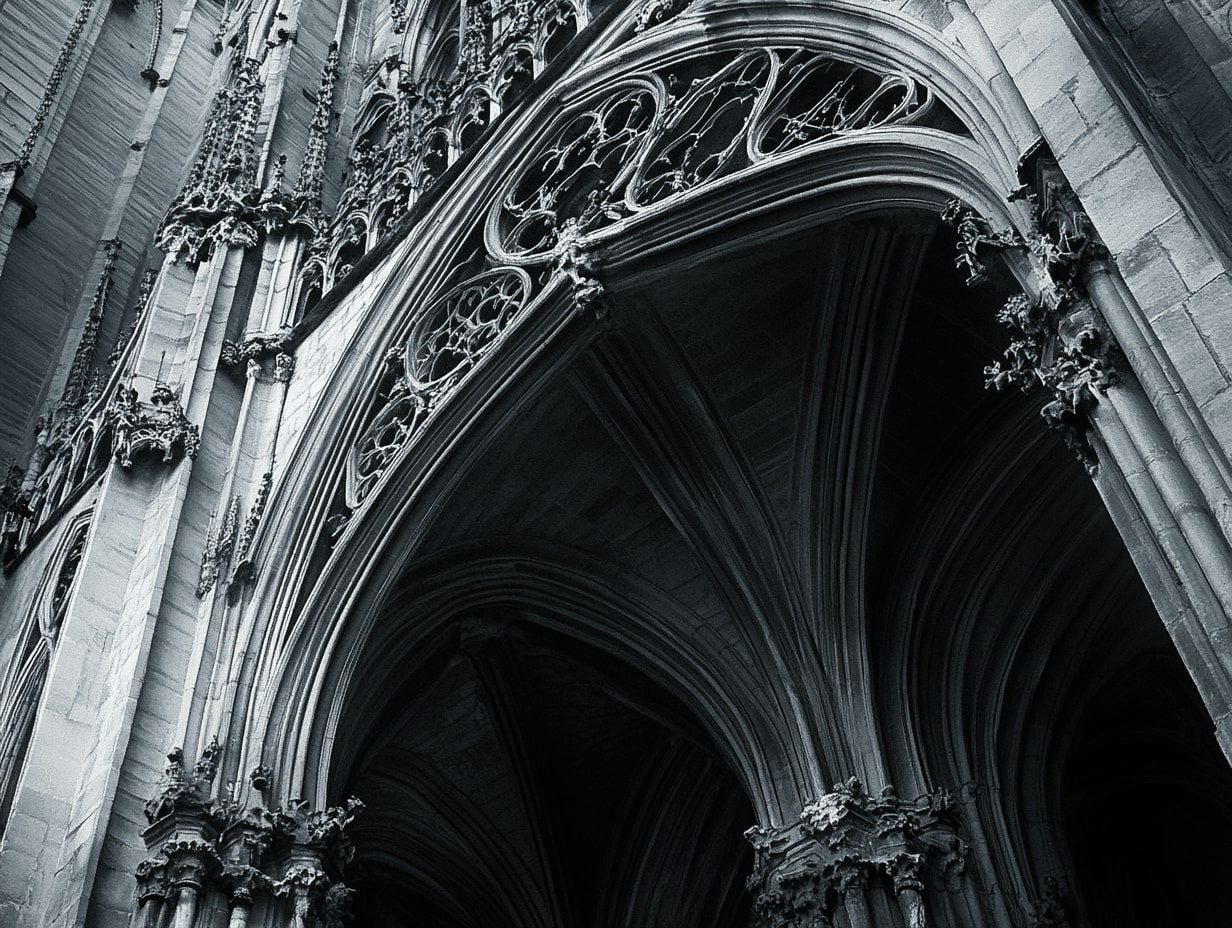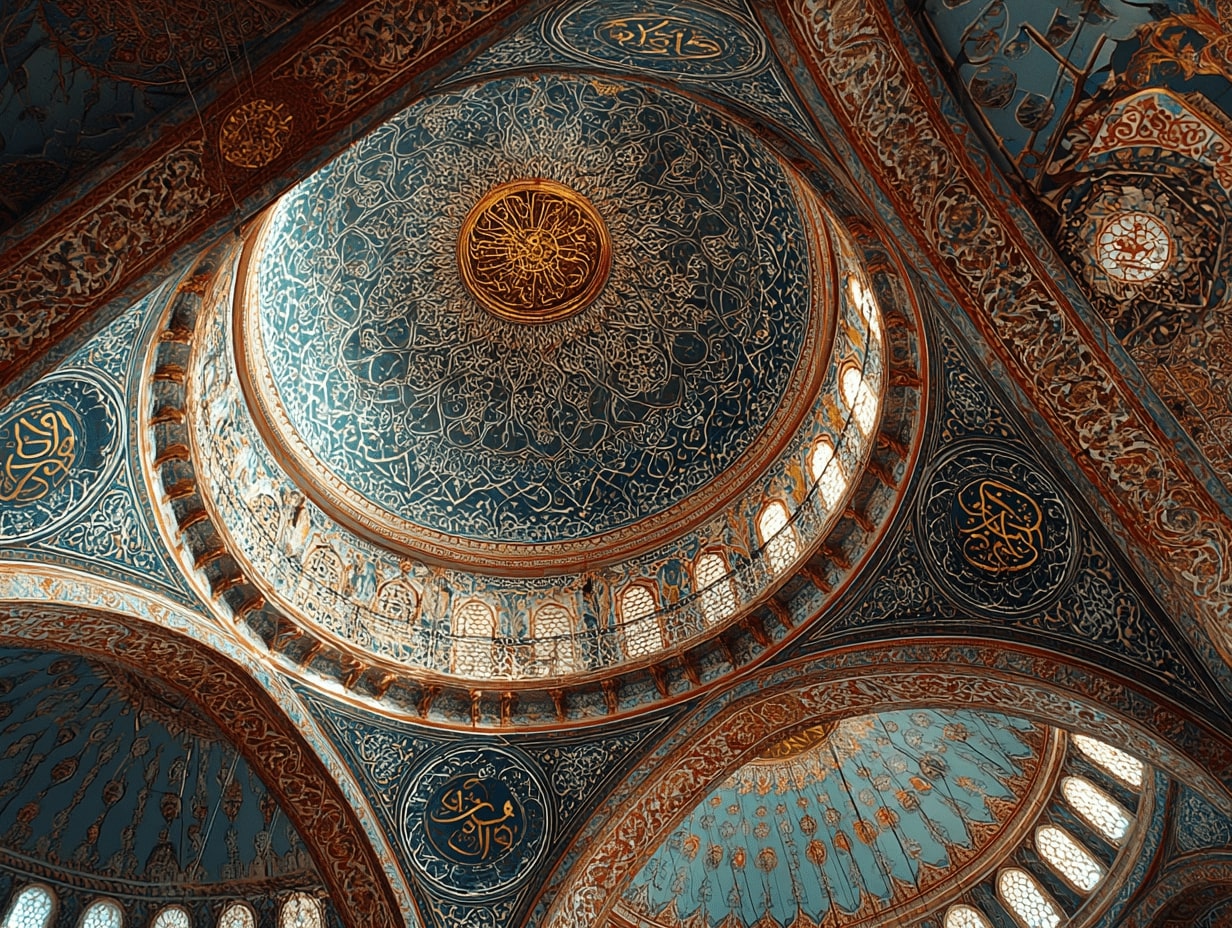- Home
- Articles
- Architectural Portfolio
- Architectral Presentation
- Inspirational Stories
- Architecture News
- Visualization
- BIM Industry
- Facade Design
- Parametric Design
- Career
- Landscape Architecture
- Construction
- Artificial Intelligence
- Sketching
- Design Softwares
- Diagrams
- Writing
- Architectural Tips
- Sustainability
- Courses
- Concept
- Technology
- History & Heritage
- Future of Architecture
- Guides & How-To
- Art & Culture
- Projects
- Interior Design
- Competitions
- Jobs
- Store
- Tools
- More
- Home
- Articles
- Architectural Portfolio
- Architectral Presentation
- Inspirational Stories
- Architecture News
- Visualization
- BIM Industry
- Facade Design
- Parametric Design
- Career
- Landscape Architecture
- Construction
- Artificial Intelligence
- Sketching
- Design Softwares
- Diagrams
- Writing
- Architectural Tips
- Sustainability
- Courses
- Concept
- Technology
- History & Heritage
- Future of Architecture
- Guides & How-To
- Art & Culture
- Projects
- Interior Design
- Competitions
- Jobs
- Store
- Tools
- More
Gothic vs Neoclassical Arches: Exploring Grandeur and Legacy Across the Centuries
Explore the timeless allure of Gothic and Neoclassical arches, from the soaring intricacy of medieval cathedrals to the balanced elegance of Enlightenment-inspired designs. Discover how these architectural symbols of faith, reason, and power reflect the cultural essence of their eras while shaping global design legacies across centuries.

Arches have shaped the way we experience architecture, blending beauty with structural innovation. Among the most iconic styles, Gothic and Neoclassical arches stand as timeless symbols of their eras, each telling a story of cultural values and artistic ambition. These designs don’t just define buildings—they reflect the spirit of the centuries they emerged from.
When we compare the soaring, intricate Gothic arches to the balanced, restrained elegance of Neoclassical ones, we uncover more than just aesthetic differences. These styles reveal how societies expressed power, faith, and progress through their architecture. By exploring their contrasts, we can better understand the grandeur they brought to the world and the legacy they’ve left behind.

Table of Contents
ToggleUnderstanding Gothic And Neoclassical Architecture
Gothic and Neoclassical architecture showcase contrasting yet equally influential designs. Both styles shaped architectural identities while reflecting distinct historical and cultural contexts.

Defining Gothic Arches
Gothic arches, also called pointed arches, gained prominence during the High and Late Middle Ages. Their defining feature is the pointed apex, which differs from the semicircular form of classical arches. By distributing weight vertically, they enabled the construction of taller structures and expansive interiors. Gothic arches often appear in cathedrals, churches, and civic buildings, where ribbed vaulting frequently accompanies them. Examples of these arches include those in Chartres Cathedral and Notre-Dame de Paris.
Elaborate ornamentation and tracery commonly enhance Gothic arches. These decorative elements, influenced by religious symbolism, often combine floral patterns, statues, and stained glass. The intricate designs contribute to the grandeur and spiritual focus characteristic of Gothic architecture.
Characteristics Of Neoclassical Arches
Neoclassical arches, descending from Roman and Greek inspirations, rose to prominence in the 18th and early 19th centuries. Their semicircular form represents harmony and geometric precision. Unlike Gothic arches, they emphasize symmetry and simplicity, reflecting Enlightenment ideals that prized order and rationality. These arches often feature smooth curves adorned with minimalistic moldings or bas-reliefs.
Columns and pilasters frequently frame Neoclassical arches, adding visual balance. Iconic examples include the Arc de Triomphe in Paris and Jefferson’s Monticello. Neoclassical designs celebrate grandeur through understated elegance, favoring proportion over embellishment. This architectural preference aligns with the cultural movement’s focus on classical antiquity as a model of timeless excellence.
Historical Context Of Gothic And Neoclassical Styles
Gothic and Neoclassical styles emerged centuries apart, each responding to unique cultural, religious, and intellectual shifts. These architectural movements reshaped the built environment, symbolizing the values and aspirations of their times.

The Rise Of Gothic Architecture
Gothic architecture emerged in 12th-century France, flourishing during the High and Late Middle Ages. The style replaced Romanesque architecture, prioritizing verticality and light. Cathedrals like Notre-Dame de Paris and Chartres Cathedral showcase pointed arches, ribbed vaults, and flying buttresses that allowed taller structures and larger stained-glass windows. This innovation aligned with the era’s religious fervor, framing divine light as a symbol of faith.
Urbanization advanced Gothic designs, as cities expanded and sought monumental structures that reflected civic pride and spiritual devotion. By the 15th century, Gothic architecture had spread across Europe, with regional variations such as England’s Perpendicular Gothic and Italy’s Gothic-Renaissance hybridization.
The Emergence Of Neoclassical Design
Neoclassical architecture gained prominence in the mid-18th century, drawing inspiration from Ancient Greece and Rome. This revival mirrored the Enlightenment’s rationality and emphasis on classical ideals. Structures like the Panthéon in Paris and the United States Capitol exemplify the balanced proportions, geometric forms, and restrained decoration central to the Neoclassical style.
The Grand Tour, undertaken by aristocrats and intellectuals, facilitated the study of classical ruins, fueling demand for Neoclassical designs. Public buildings, theaters, and villas embraced symmetry and order, aligning with Enlightenment values of democracy, reason, and progress. By the 19th century, Neoclassical architecture had influenced global construction, transcending Europe to shape urban and civic identities worldwide.
Key Differences Between Gothic And Neoclassical Arches
Gothic and Neoclassical arches differ significantly in design, materials, and construction techniques, representing the distinct cultural priorities of their eras. These differences define their unique architectural identities.

Structural Design And Aesthetic Approach
Gothic arches feature pointed designs, directing load forces downward and enabling taller structures with large windows. This design prioritizes verticality, creating awe-inspiring interiors often adorned with intricate carvings, stained glass, and religious motifs. Examples include the ornate arches of Chartres Cathedral.
Neoclassical arches adopt semicircular forms, emphasizing balance and symmetry. These arches are simpler and framed by columns or pilasters, embodying Enlightenment ideals of rationality and order. They often appear in monumental structures like the US Capitol, symbolizing authority and clarity.
Materials And Techniques Used
Gothic architecture often uses limestone and sandstone, chosen for their workability and durability. Techniques like ribbed vaulting, flying buttresses, and tracery enhance both structural stability and decorative appeal. These methods allowed builders to achieve towering heights and luminous interiors.
Neoclassical construction favors materials such as marble, granite, and stucco, reflecting an admiration for ancient Roman and Greek engineering. Builders employed simpler jointing techniques and precise geometric planning to achieve clean lines and polished finishes, emphasizing refinement over complexity.
The Symbolism Of Grandeur In Gothic And Neoclassical Architecture
Grandeur in architecture reflects the philosophical and societal values of its time. Gothic and Neoclassical styles achieve this magnificence through distinct approaches, symbolizing spirituality and rationality, respectively.

Gothic Grandeur: Spiritual And Vertical Emphasis
Gothic architecture embodies a sense of spiritual transcendence through its soaring verticality and intricate detailing. The pointed arches prevalent in Gothic designs draw the viewer’s eye upwards, symbolizing an aspiration to connect with the divine. Prominent in cathedrals such as Chartres and Amiens, these structures use architectural elements like ribbed vaults and flying buttresses to achieve unprecedented heights. Stained-glass windows, often depicting biblical narratives, enhance the ethereal ambiance by filtering sunlight into vibrant hues, reinforcing the spiritual sanctity of interior spaces. Every element conveys devotion and the intent to inspire awe, situating Gothic grandeur as a testament to faith and human aspiration.
Neoclassical Grandeur: Balance And Rationality
Neoclassical architecture champions order and clarity, reflecting Enlightenment ideals of reason and democracy. Semicircular arches, set within frameworks of symmetrical columns and pilasters, embody this balance. Iconic landmarks such as the United States Capitol and the Pantheon in Rome highlight precision in geometric proportion and simplicity in ornamentation. The use of durable materials such as marble and granite ensures both stability and elegance, while meticulous symmetry conveys authority and logic. This approach captures the cultural shift toward rational inquiry and civic pride, anchoring Neoclassical grandeur in ideals of measured perfection and enduring influence.
Influence Of Gothic And Neoclassical Styles Across Centuries
The enduring impact of Gothic and Neoclassical architecture reflects their transformative roles in shaping global design aesthetics. Both styles have been revived and reimagined over centuries, influencing modern architectural practices in distinct ways.

Gothic Revival In Modern Architecture
Gothic Revival emerged in the late 18th and early 19th centuries, rediscovering the spiritual and ornamental complexity of medieval Gothic architecture. Architects adapted pointed arches, ribbed vaults, and dramatic verticality for projects ranging from churches to public buildings. Notable examples include the Palace of Westminster in London, where soaring spires and intricate tracery evoke Gothic grandeur while serving contemporary functions.
During the 20th century, neo-Gothic features also appeared in higher education institutions. Universities such as Princeton and Yale incorporated pointed arches and ornate detailing to establish gravitas and historical continuity. Even modern skyscrapers, like the Woolworth Building in New York, draw inspiration from Gothic forms, blending historic aesthetics with modern engineering.
Modern Interpretations Of Neoclassical Design
Neoclassical design evolved in modern architecture by integrating its symmetrical elegance with contemporary needs. The clean lines and balanced proportions of semicircular arches remain prominent in government buildings, museums, and memorials. For instance, the Jefferson Memorial in Washington, D.C., aligns classical geometry with national symbolism, emphasizing permanence and democratic ideals.
Minimalist variations of Neoclassical elements emerged in the 20th century, blending simplicity with functionality. Architects maintained key features like pilasters, domes, and symmetrical layouts but used modern materials such as steel and glass. Contemporary projects like the British Museum’s Queen Elizabeth II Great Court illustrate how Neoclassical principles adapt to modern construction while paying homage to their historical origins.
Conclusion
Gothic and Neoclassical arches stand as enduring symbols of their respective eras, each showcasing unique design principles, materials, and cultural values. Gothic arches, with their pointed forms and intricate ornamentation, capture the spiritual aspirations and artistic innovation of the Middle Ages. Neoclassical arches, with their semicircular symmetry and restrained elegance, reflect Enlightenment ideals of reason, democracy, and timeless order.
Both styles continue to influence modern architecture, blending historical grandeur with contemporary functionality. Gothic Revival designs reinterpret medieval complexity, while modern Neoclassical structures adapt balanced aesthetics to current needs. These arches embody not only architectural excellence but also the evolving cultural narratives of power, faith, and progress.
- architectural evolution
- architectural exploration
- Architectural Heritage
- Architectural History
- architectural legacy
- Architectural Styles
- architecture comparison
- architecture grandeur
- centuries-old structures
- century-old architecture
- classic architectural styles
- famous arches
- famous architectural landmarks
- Gothic and Neoclassical differences
- Gothic arches
- Gothic Architecture
- Gothic style features
- Gothic vs Neoclassical
- Historical Architecture
- historical design elements
- iconic arches
- legacy of architecture
- neoclassical architecture
- neoclassical design
- Neoclassical style features
Submit your architectural projects
Follow these steps for submission your project. Submission FormLatest Posts
Furniture Movers by the Hour: Complete Guide to Hourly Moving Services in 2025
Introduction Furniture movers by the hour are professional moving services that charge...
Where To Charge Rivian: Complete Guide to Charging Locations and Networks
Introduction Rivian electric vehicle owners can charge their vehicles through multiple charging...
Frank Gehry Architecture: Style, Innovation and Iconic Works
Frank Gehry is one of the most influential architects of our time,...
The Dialogue Between Islamic Architecture and Modern Design
Explore Islamic architecture and modern design: climate-smart strategies, case studies, and courtyards,...












Leave a comment